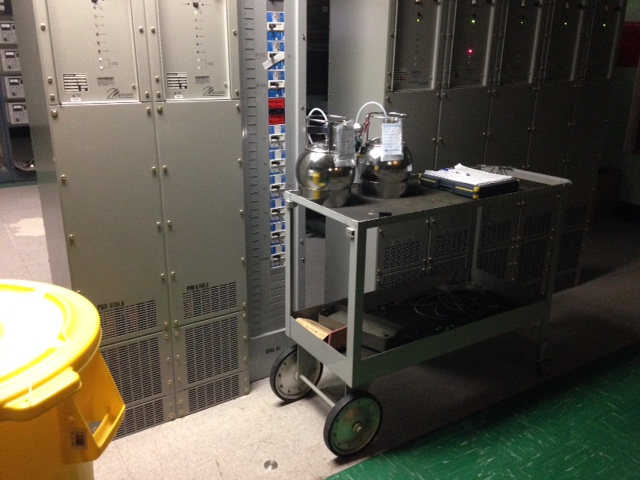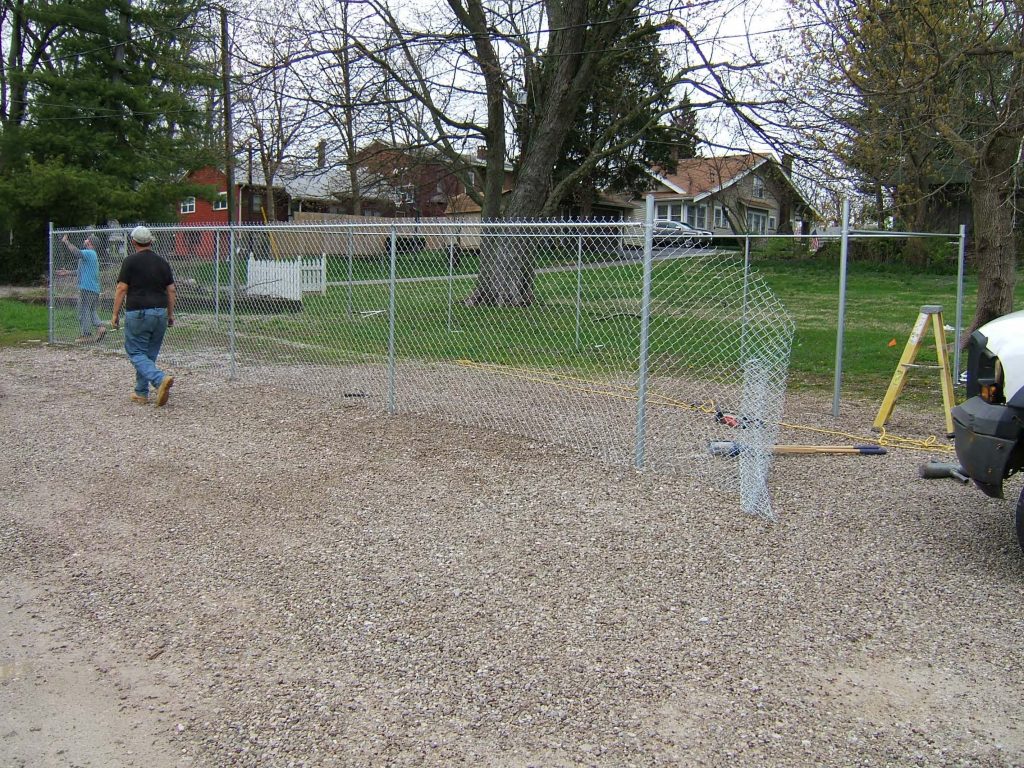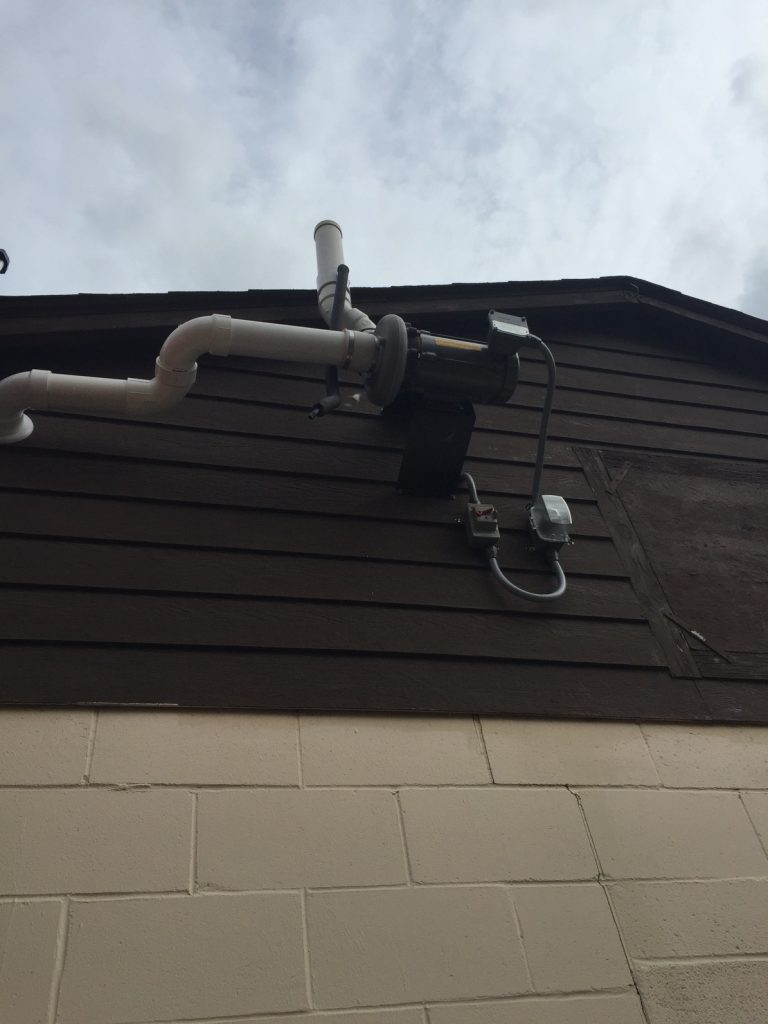While the surrounding Mooresville, Indiana community applauds Crest Cleaners for proactively cleaning up a previously unidentified hazardous mess that was left behind from historic dry cleaning practices, the workhorses remediating the contamination are grinding away below the subsurface. Tiny microorganisms are destroying the PCE in the groundwater and reducing the concentration of the contaminant. It’s all a part of the “Enhanced Reductive Dechlorination,” process, which is the primary approach of the Remedial Work Plan (RWP) being implemented by EnviroForensics.

In addition to the potential for human health risks at the Site as a result of soil or groundwater exposure, the contaminant plume in the groundwater represented a potential vapor intrusion risk to an offsite building. The project team debated between two viable options:
1. Install, monitor, and maintain a Sub-Slab Depressurization System (SSDS) at the offsite location to mitigate the potentially harmful vapors underneath the building, which would have required years of maintenance and groundwater sampling; or
2. Implement an ERD application to reduce the concentration of the groundwater plume, and eliminate potential vapor intrusion issues.
Based on the overall benefit to the community and to reduce stress and aggravation to adjacent property owners that comes with long-term monitoring, the project team chose option two.

Here’s how the remediation at this site worked. Naturally occurring bacteria called Dehalococcoides ethanogenes (DHC) are in the groundwater completing a process called reductive dechlorination where the chlorine molecules are cleaved off and replaced by hydrogen particles. This process continues until the resulting compound is no longer dangerous. At this site, the process was occurring, but not at a rate that would make the cleanup cost effective for the client. In order to complete this cleanup we utilized a process called bioaugmented enhanced reductive dechlorination (ERD) and in-situ chemical reduction (ISCR). The process begins by sampling the groundwater across the remediation area for contaminant concentrations and geochemical parameters including DHC populations to determine the dosage of injected materials required in each area of the site. Different areas received modified doses of materials based on the calculations completed by our geochemist. The ERD agent (3D-Microemulsion or 3DMe) was injected along with Chemical Reducing Solution (CRS), an ISCR augmentation. The ISCR agent immediately begins hydrolysis reactions directly destroying the PCE contaminant while producing reduction reactions with the natural chemistry that will allow the 3DMe to better complete its work. The two work synergistically, increasing the cost effectiveness of the injection. The pre-sampling of DHC revealed that the population of DHC needed to be augmented. 10 gallons of a DHC enhanced fluid was injected at each of the 92 injection locations used for the ERD/ISCR. The combination of these three injected materials allows for minimal site disturbance and a high level of effectiveness for the cleanup of drycleaning solvents.

An often overlooked byproduct of the ERD process is methane. As a preventative measure, the field staff upgraded the Site building SSDS with an intrinsically-safe fan and installed an intrinsically-safe SSDS at the offsite building as an interim measure. Soil gas points were also installed between the injection areas and the adjoining properties to the east. Additionally, EnviroForensics has extra intrinsically-safe fans and piping ready to be installed, should there be a methane issue at the surrounding properties.
The results from the first injection event were very promising. Groundwater contaminant concentration went down from thousands of micrograms per liter before the injection to single digits of micrograms per liter one month after the injections. Quarterly groundwater sampling will continue for a year or two to demonstrate that the contaminant plume is retreating or remediated. The ultimate goal of the ERD approach is to reach Site closure quickly, and reduce the costs and health risks of this contamination.
Click here to learn more about how Enhanced Reductive Dechlorination works.



